Following the 1979 Khomeini revolution, “minority brutality” has become an increasing Arab problem. The anomaly then expanded throughout the Arab world, aided by Iranian sponsorship, until it became widespread and within earshot and view presently. It is seen as a matter of habit in the West, rather than as an outlier in history and reality.
The Arab world's harsh minorities are inextricably related to the Iranian dictatorship. They submit to it, spring from it, form alliances with it, and supply it with all amenities, even if it means abandoning their historic caution and traditional fear.
Because of this, they have become instruments in a religious-political imperialist confrontation that defies their entire history and character, endangering their future and coming generations.
The Arab and Muslim world's largest minorities are the "Shiite minority" who adhere to the noble Shia sect, which has waged revolt after the revolution against the "Sunni majority" since the commencement of Islamic history.
This lasted till things settled, after which point they discarded politics and uprisings, and “Waiting for the Mahdi” became the accepted philosophy of its adherents for generations.
Most of its religious institutions were created solidly, tightly, and with cohesiveness on this foundation until the Khomeini Revolution occurred and brought about severe changes in the Shiite sect through the “Wilayat Al-Faqih” ideology and the policy of exporting the revolution.
The “Wilayat Al-Faqih” idea or concept is also referred to as “The Jurist's Guardianship.”
After the Khomeini strategy failed to extend the revolution by a direct battle in Iraq, its second religious leader, Khamenei, pursued a new approach focused on safeguarding minorities and turning them to “brutality.”
It was only inevitable that the starting will be with the Arab world's Shiite minority. This was especially true in Lebanon with Hezbollah and in support of Shiite minority in Iraq and the Arabian Gulf nations.
The advancement of its task in the “Kuwaiti model” can be seen in 1985 attempted assassination on Sheikh Jaber Al-Ahmed by the Iraqi Shiite “Abu Mahdi Al-Muhandis,” who'd been killed alongside “Qassim Sulaimani” in 2020, the Lebanese Shiite “Mustafa Badruddin,” who was abolished in Syria in 2016, and that until the “Abdali cell” in 2017.
The amount of weaponry and the complexity of preparation used in the Abdali cell event in 2017 were sufficient to collapse a state. It wasn't only a terrorist plot or an effort to assassinate a government official. This didn't seem to stop certain Shiites from committing acts of violence against Saudi Arabia and the Al-Baqee' Cemetery.
Iran performed the same thing with Yemen's noble Shia sect, the Houthis, luring them to Ithna'shari Shiism with its Khomeini version.
Then it attempted to transform it into a "brutal minority," leading it to its current state of brutality, terrorism, and tyranny against the majority and some other minorities in Yemen, while also attacking Saudi Arabia and endangering the globe and international trade.
Furthermore, beyond the Shiite sphere, the Iranian dictatorship formed a partnership with a certain Christian minority, notably the “Awni current,” and this current participated in brutality and formed connections with vicious organizations to serve the Iranian dictatorship.
The Iranian dictatorship has demonstrated its capacity to transform "The Messiah," "The Cross," and "The Virgin" into troops in the Iranian government's "minority cruelty" struggle. The words of former Lebanese Foreign Minister Charbel Wehbe are only one illustration of this current consistent tactic.
In politics and thinking, “contradictions” are deadly weapons. It is used by many nations, political parties, and movements. This is one of the "strategies" utilized by the Iranian dictatorship and its supporters, dubbed "the oppressors," to increase their impact and impose their hegemony on several Arab countries.
Among these are the mixture of "the rhetoric of pride" and "the discourse of weakening and demeaning others." Monitoring the speech of “the Lebanese Hezbollah,” the “Houthi militia,” and the “Hamas faction” is adequate to understand the objective in this context.
“Oppressing other minorities,” who are fewer in number and have less clout, is one of the “Brutal minorities'” techniques. And there are numerous examples, such as the Lebanese Hezbollah persecuting Christians and Druze as religious minorities.
Likewise, the “Al-Hashd Al-Shaabi” militias in Iraq mistreat the myriad minorities that makeup Iraq's historic and cultural diversity. Kurds, as an ethnic minority, and Yazidis and Christians, like religious minorities, are among the existentially threatened minorities. Moreover, the Houthi militias have a consistent and consistent policy of persecuting Bahais, Yemenite Jews, and many others.
These despicable minorities earn profit and lose just like every other current or political group.
For example, the Lebanese Hezbollah obtained entire control of the Lebanese state, but it ended up losing ultimately by turning it into a "failed state" and demonstrating its absolute inability, which contradicts all of its recent Gaza rhetoric.
Likewise, it avoided attacking Israel in any manner. It appears to have learned a valuable lesson from 2006. In Yemen, the Houthi militias did the same, while the Muslim Brotherhood, Hamas Movement, Daesh, and Al-Qaeda achieved little success but then lost them.
The nature of human beings and the logic of history provide evidence to the reality that "minority barbarism" is among the biggest existential threats to these minorities, and their leaders and political, cultural, and economic elites, at this juncture in the history of mankind.
They will, nevertheless, endure a significant burden in the future when things restore to normal.
























 ENG
ENG








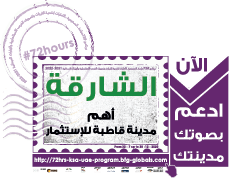
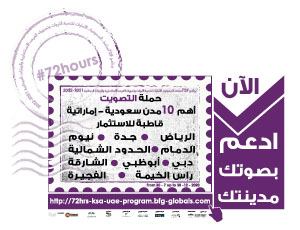

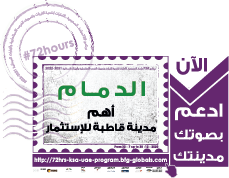
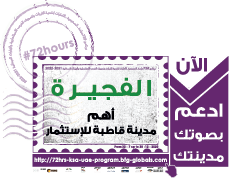
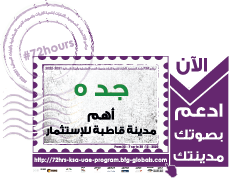
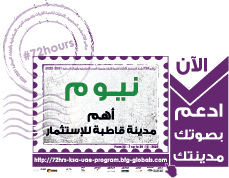













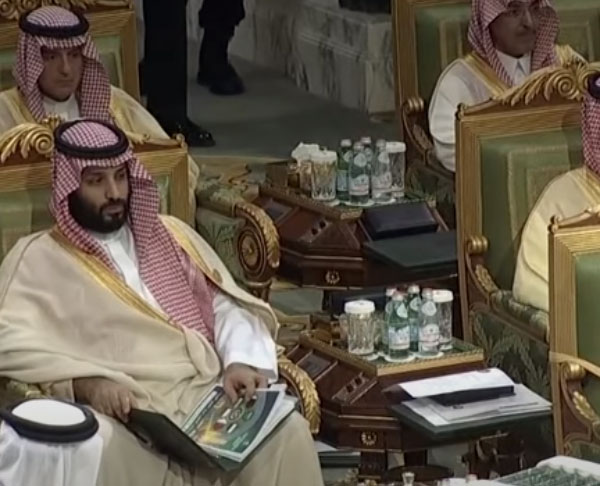
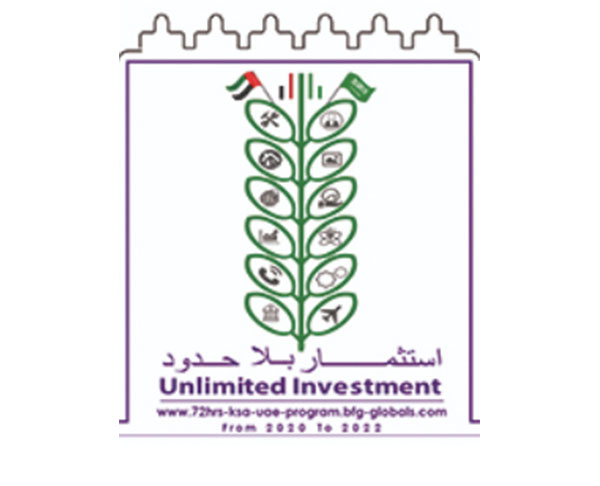
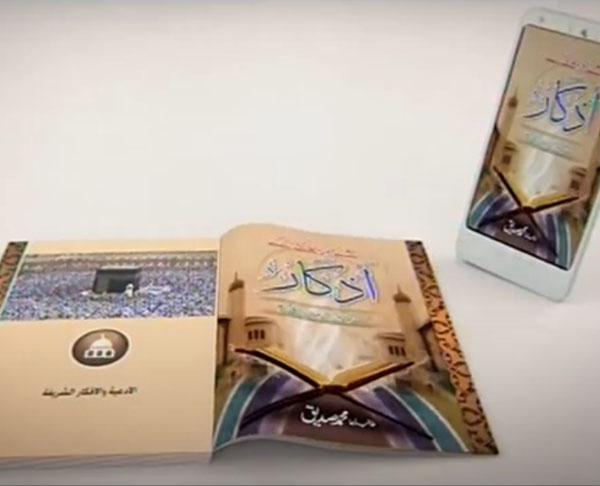

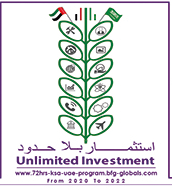
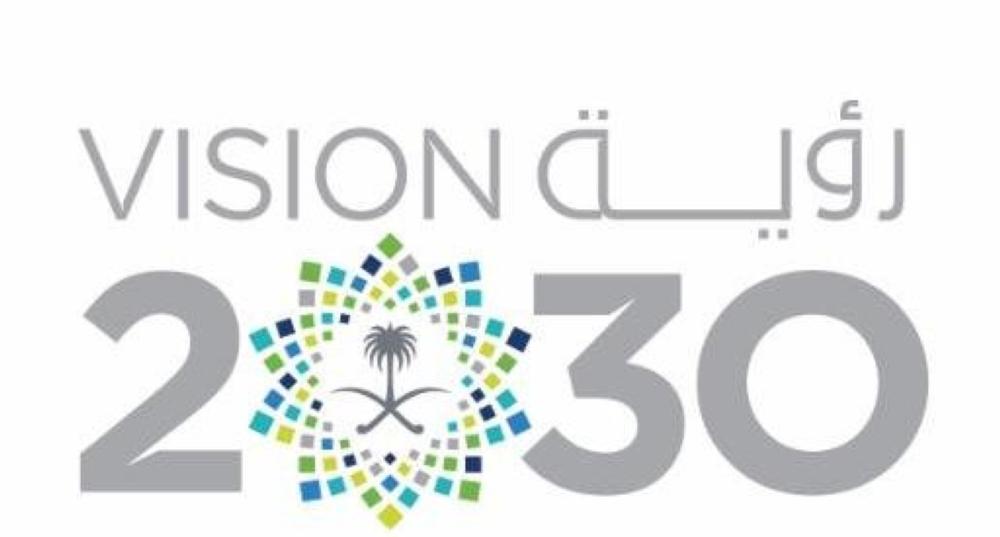

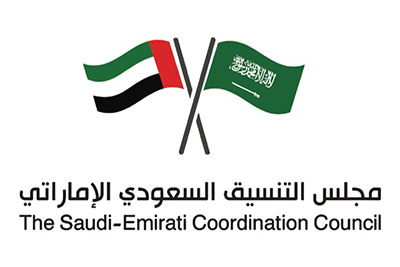






















تواصل معنا